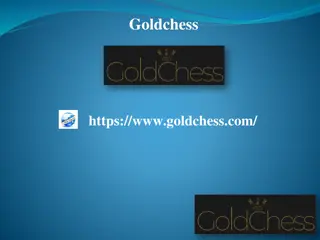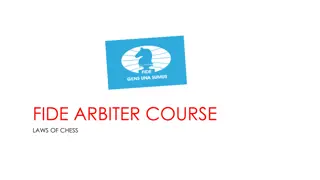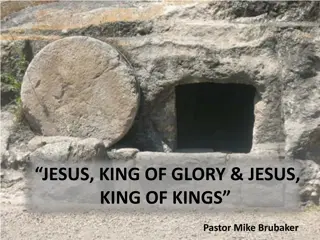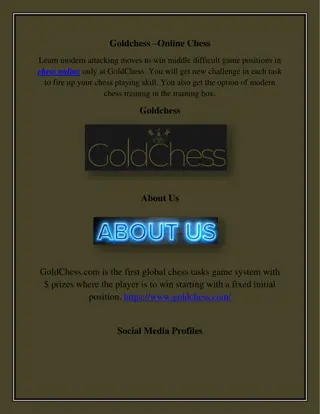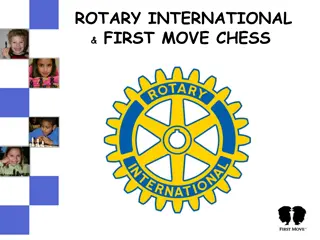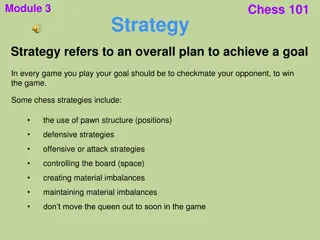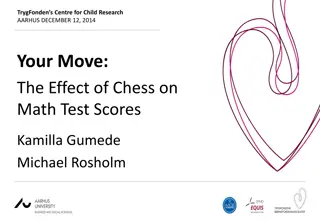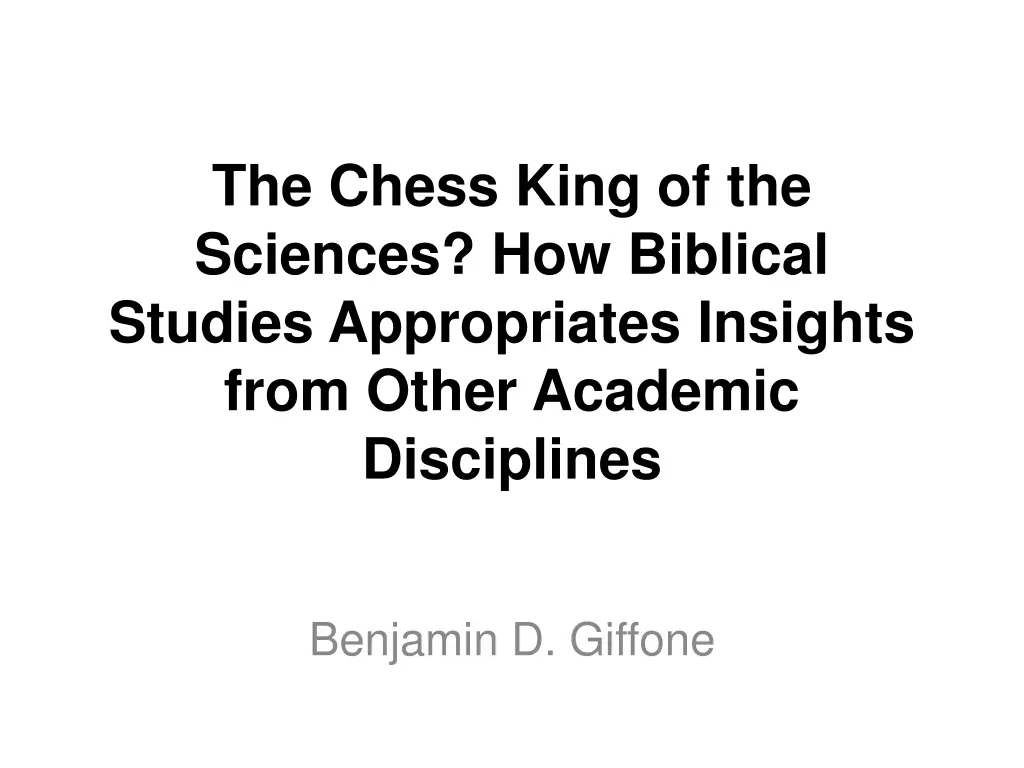
Biblical Studies: Interdisciplinary Insights
Explore how Biblical studies incorporate insights from various academic disciplines, revealing the contextual origins of Hebrew Bible texts, the composition of key historical narratives, and the interplay of tribal identities in ancient Israel.
Download Presentation

Please find below an Image/Link to download the presentation.
The content on the website is provided AS IS for your information and personal use only. It may not be sold, licensed, or shared on other websites without obtaining consent from the author. If you encounter any issues during the download, it is possible that the publisher has removed the file from their server.
You are allowed to download the files provided on this website for personal or commercial use, subject to the condition that they are used lawfully. All files are the property of their respective owners.
The content on the website is provided AS IS for your information and personal use only. It may not be sold, licensed, or shared on other websites without obtaining consent from the author.
E N D
Presentation Transcript
The Chess King of the Sciences? How Biblical Studies Appropriates Insights from Other Academic Disciplines Benjamin D. Giffone
WHY CHESS KING OF THE SCIENCES ?
Premises 1. Texts are a product of context. 2. The Hebrew Bible in its final form, and in most of its constituent parts, is the product of post-587-BCE scribal communities that were decidedly pro-Levi and pro-Judah. 3. The texts that made it into the Hebrew Bible are those that these scribal communities thought most important for the continuation of the Jews as a distinct identity.
Premises (cont.) 4. The so-called Deuteronomistic History, consisting of Deuteronomy, Joshua, Judges, Samuel and Kings, was composed during the late monarchy, the exilic period, and the early Persian period. 5. The book of Chronicles is a rewritten history of Israel s monarchy that is dependent upon the books of Samuel and Kings as a source.
Premises (cont.) 6. The main tribal identities that survived the Assyrian and Babylonian conquests of the Israelite monarchies are: Judah, Levi, Benjamin.
TEXTUAL IDENTITY AND COMMUNITY MEMORY
Israel and Benjamin in Judahs Bible Judges 4-16 Jdg 4-16 Northern Israelite judges
Israel and Benjamin in Judahs Bible Judges 4-16 Jdg 1-2 Double Introduction (Judah leads Israel) Jdg 3 Judahite vs. Benjaminite judges Jdg 4-16 Northern Israelite judges Jdg 17-18 Danite migration Jdg 19 Benjaminite atrocity Jdg 20-21 Civil war: Judah leads Israel against Benjamin
Israel and Benjamin in Judahs Bible Proverb: Is Saul also among the prophets?! 1 Samuel 1-14 The Spirit of God came upon him mightily, so that he prophesied among them. (10:10b) 1 Samuel 15-31 He also stripped off his clothes, and he too prophesied before Samuel and lay down naked all that day and all that night. (19:24a)
Jewish Identity Ethnicity? Religion? Nationality? Something else? Identity formation as dynamic process Multidimensionality of identity within imperial hierarchies
Jon Berquist on Identity Formation Understanding Judean identity formation involves a complex analysis of multiple social levels with attention to numerous processes in which people internalize the forces of imperialization and decolonization. As social agents, these self-identifying Judeans together constructed a story of the development of Judah during the Achaemenid Period, as they turned their role scripts into social action and deployed themselves in patterns of ethnicity, politics, and religion, as well as myriad other complex social patterns.
Jon Berquist on Identity Formation Such attention to identity formation necessitates deeper and more critical understandings of the forces of imperialization and decolonization and the way that these forces shape identity and difference within societies. Constructions of Identity in Postcolonial Yehud, 2006
Louis Jonker on Multidimensionality It is important to emphasise that these levels never functioned in isolation. The inhabitants of Yehud, and particularly the literati who were responsible for the writing of another historiography, the books of Chronicles, were exposed to all these contexts, and were active participants in all of them. Engaging with Different Contexts, 2011
Hypothesis: Chroniclers Transformative Rhetorical Goal 1. Embedded in the Deuteronomistic History are elements of the community identities of the Northern tribes, even though we must acknowledge that these textual identities are filtered through the lens of Southern concerns.
Hypothesis: Chroniclers Transformative Rhetorical Goal 2. Tribal identity of Benjamin is complex, reflecting ties to Josephite tribes to the north and Judah to the south.
Hypothesis: Chroniclers Transformative Rhetorical Goal 3. Chronicles represents a later snapshot of Judah-Benjamin relations. The Chronicler consciously attempts to reshape the identity of All Israel by revising the contentious history between Judah and Benjamin.
SELECTORATE THEORY & HERESTHETIC
Selectorate Theory L = single leader or group leadership of the polity S = selectorate, the group that has a formal role in expressing a preference over the selection of the leadership that rules them WC = winning coalition, which is the group whose support is essential if a leader is to remain in power D = Disenfranchised
Selectorate Theory L maintains support of WC by providing benefits public goods that benefit the polity generally private goods given to the WC C = challenger to L Tries to convince a sufficient number of members of the current winning coalition to defect to him Promises more rewards (through some combination of public and private goods) than the current leadership
Jonker on Political Dimensions in Persian Yehud Imperial and regional: Yehud defined partly by its nearness to the geographic corridors of power that extended the reach of the Persian Empire Within Yehud: cultic centers distribute public and private goods; competition for regional governor Cultic dimension: Jerusalem among other places for worship
Heresthetic By William H. Riker, from the Greek , to choose Heresthetic is a strategy of restructuring the process of collective decision-making so as to ensure a desired outcome.
Heresthetic: Three Forms Regrouping or reframing issues Reordering binary choices when there are three or more options Institutional change: Enfranchising or disenfranchising portions of a selectorate so as to create or dismantle a winning coalition
The Chroniclers Heresthetic Maneuver Shaping the communal memory of Yehud with respect to Benjamin Attracting support for Jerusalem from wealthier Benjaminite Yehudians
The Chroniclers Heresthetic Maneuver Shaping the communal memory of Yehud with respect to Benjamin Attracting support for Jerusalem from wealthier Benjaminite Yehudians Mediating position between priests and the non-priestly Levites Reordering the key questions pertaining to identity and worship
Benjamin in Chronicles: Three Examples 1 Chronicles 8 1 Chr 1 Table of Nations 1 Chr 2-4 Genealogy of Judah (David) 1 Chr 5 Genealogy of Transjordan tribes 1 Chr 6 Genealogy of Levi (high priests) 1 Chr 7 Genealogy of Cisjordan Northern tribes 1 Chr 8 Genealogy of Benjamin (Saul) 1 Chr 9 Return from Exile (Judah, Benjamin, Levi)
Benjamin in Chronicles: Three Examples 2 Samuel 2-4: War between the house of Judah (David), and Israel following the house of Benjamin (Ishbosheth) 1 Chronicles 11-12: No war mentioned; Benjaminites as the very first and most prominent supporters of David s reign
Benjamin in Chronicles: Three Examples 1 Chronicles 21: The Chronicler transforms the story of the census, the plague, and David s altar on the threshing floor of Ornan the Jebusite from an appended narrative (as we find this story in 2 Sam 24) to a catalyst for the discovery of the temple site (1 Chr 21:1-22:1). This location happens to be right on the border between Benjaminite and Judahite territory, a perfect location for a temple that should belong to both tribes.
Three Questions 1. Who should be part of the worship of YHWH? 2. Where should the cult be located? 3. Which group should oversee the YHWH cult?
Three Questions 3. Which group should oversee the YHWH cult? Levites and Judah-kings
Three Questions No 1. Who should be part of the worship of YHWH? 2. Where should the cult be located? 3. Which group should oversee the YHWH cult? Benjaminites Benjaminites go elsewhere Levites and Judah-kings
Three Questions No 1. Who should be part of the worship of YHWH? 2. Where should the cult be located? 3. Which group should oversee the YHWH cult? All Israel, including Benjamin Benjaminites Benjaminites go elsewhere Levites and Judah-kings
Three Questions No 1. Who should be part of the worship of YHWH? 2. Where should the cult be located? 3. Which group should oversee the YHWH cult? All Israel, including Benjamin Jerusalem in Benjamin Benjaminites Benjaminites go elsewhere Levites and Judah-kings
Three Questions No 1. Who should be part of the worship of YHWH? 2. Where should the cult be located? 3. Which group should oversee the YHWH cult? All Israel, including Benjamin Jerusalem in Benjamin Levi between Judah and Benjamin Benjaminites Benjaminites go elsewhere Levites and Judah-kings
Chroniclers Heresthetic: Summary Removes bad references to Benjamin from Deuteronomistic History Frames all Israel to include Benjamin prominently, which then lends credence to the Jerusalem temple. Also protects the cult from cooption by Benjamin
BIBLICAL STUDIES AND FAITH COMMUNITIES
The Chess King of the Sciences? How Biblical Studies Appropriates Insights from Other Academic Disciplines Bibliography: www.thinkhardthinkwell.com


